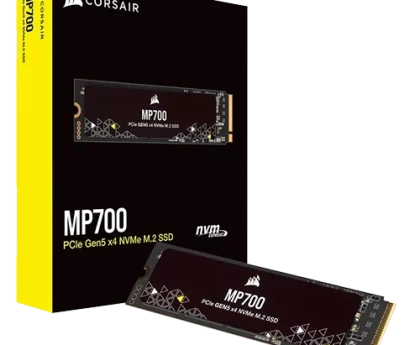For a long time, solvent-based parts washing solutions were the standard industrial parts cleaners in the market, and these solutions are known for thoroughly cutting through tough dirt and stains on equipment and their components. Aqueous or water-based solutions however have become popular recently for many reasons, with many companies and individuals ditching solvent-based parts cleaners to water-based ones.
Aqueous washer solutions are now seeing a lot of usage and users are finding that using these water-based cleaning agents can optimize overall parts cleaning efficiency. Besides using the right aqueous parts cleaner, it’s essential to know how to use it optimally.
This article provides an understanding of the benefits and shares some best practices for using these solutions. By implementing best practices and using water based parts washer solvents, you can achieve optimized cleaning results while ensuring sustainability and cost-effectiveness.
What’s an Aqueous Parts Washer?
Also called a water-based parts washer/cleaner, an aqueous parts washer solvent is a cleaning solution specifically formulated to remove grease and contaminants from parts through a water-based washing process. These parts washers are carefully prepared with ingredients like surfactants, rust inhibitors, and other active ingredients that work together to cut through grease and contaminants on parts surfaces.
Tips for Optimizing Cleaning Efficiency with Aqueous Parts Washers
To ensure your parts cleaning process is optimized, consider these key factors:
1. Find the Solvent Concentration Right
For maximum cleaning effect with aqueous parts washers, you want to ensure you’re using just the right amount of solvent. Finding the right balance is crucial to optimized cleaning performance. Too high or too low concentrations can result in issues with residues or the drying process or product waste.
2. Get the Temperature Right
As with any cleaning solution, temperature can play a big role in how well your parts are cleaned. Typically, higher temperatures enhance the efficacy of water-based solvents by increasing the solubility and mobility of dirt and contaminants. Consult the instructions on your parts cleaner label to get the right temperature range to use your parts cleaner.
3. Consider the Cleaning Method
Several kinds of cleaning systems and methods can be utilized when using an aqueous parts washer. Typically, agitation methods such as ultrasonic or mechanical agitation techniques might improve the performance and cleaning action of aqueous parts cleaners. These different agitation techniques can ensure effective cleaning action, especially for intricate and irregularly shaped parts.
4. Get the Cleaning Duration Right
You want to ensure that your parts are cleaned for a duration of time that yields optimal results. Typically, heavily soiled and stained parts would require more time in the cleaning process than others. However, excessive cleaning when unnecessary can negatively impact overall operational efficiency.
5. Ensure Proper Rinsing and Drying Process
At the end of the parts cleaning cycle, thorough rinsing and proper drying must be carried out to ensure that every residual cleaning solution is removed from the parts. Read the instruction label on aqueous washer solvents to ensure you’re getting everything right.
Best Practices for Effective Usage of Aqueous Parts Cleaners
To make the most of aqueous parts cleaning solutions, you should consider these best practices:
- You must ensure that the parts cleaning solution you choose is compatible with your existing or new cleaning system. Consider factors like tank size and automation capabilities to ensure everything works well together.
- Ensure to monitor the cleaning solution’s concentration regularly and replenish the solution when required. It’s best to establish a schedule for filtration and removing contaminants from the solution.
- To ensure that the cleaning process is standardized and produces consistent results, you should provide adequate training and establish standard use procedures for the aqueous parts washers.
- Lastly, always address faults in your system as soon as you spot them to prevent downtime and interrupted work operations. Inspect equipment and supplies regularly and conduct necessary tests to ensure your systems are working optimally and do not need repairs or maintenance.
Conclusion
Parts cleaning is an essential part of operations in business in the modern industrial landscape. However, what matters most is not just parts cleaning but efficient parts cleaning. Aqueous cleaning solutions offer several advantages including enhanced safety, eco-friendliness, superior cleaning performance, and many more. By adopting an aqueous parts washer solvent, companies and individuals can save on costs, and enhance parts cleaning, all while being environmentally responsible.
